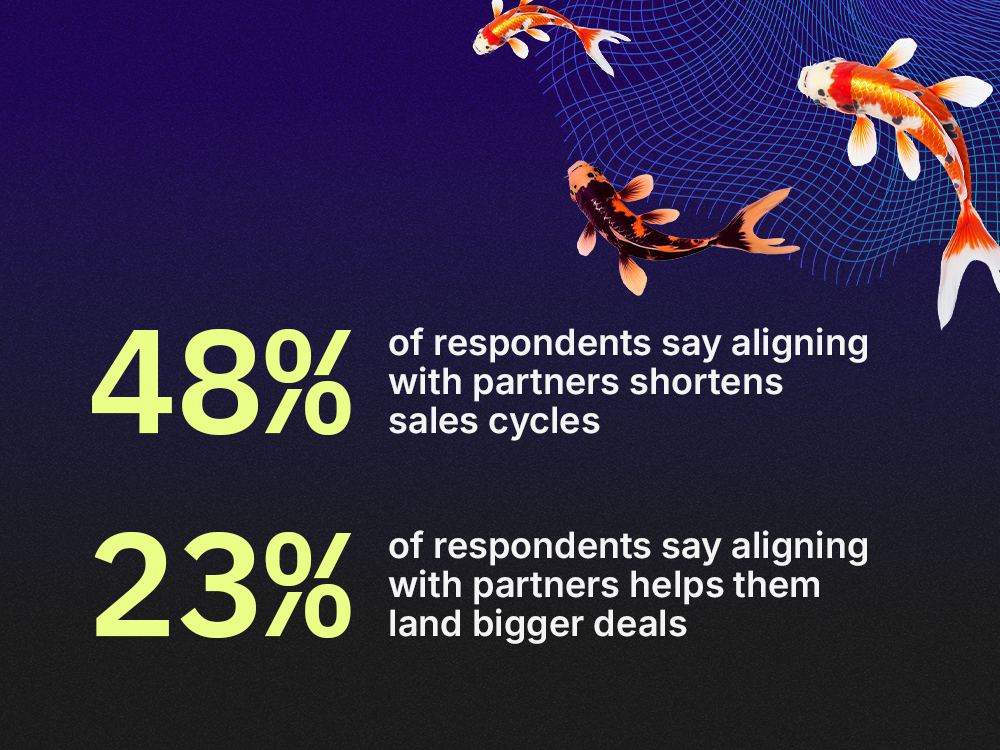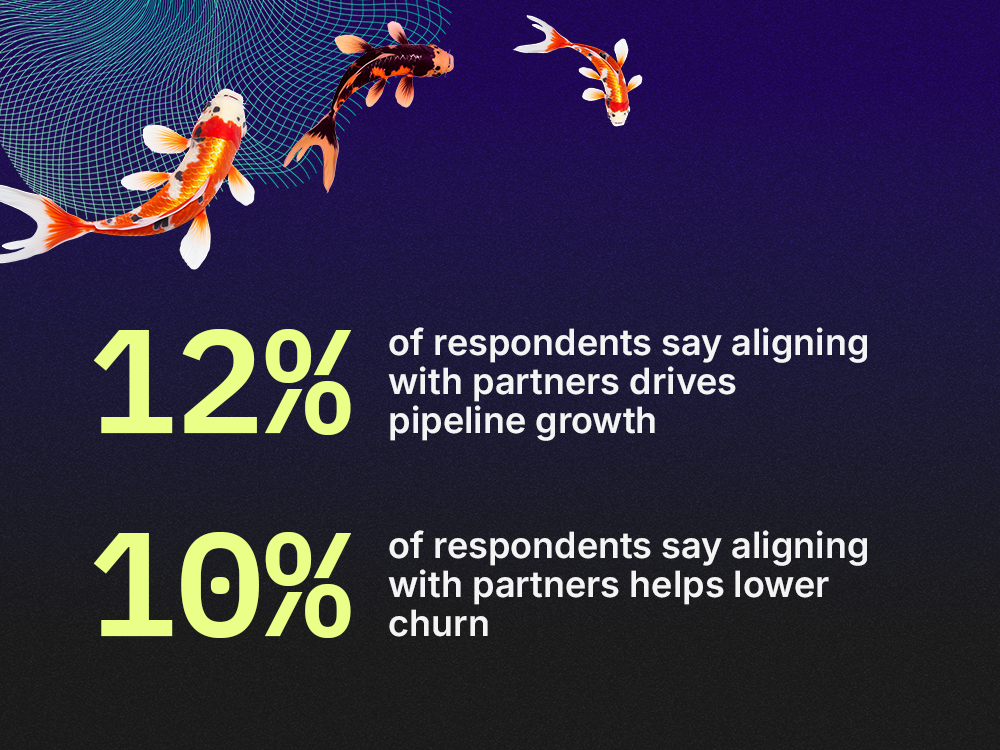When partnerships and go-to-market (GTM) teams operate in sync, the impact shows up across every stage of the revenue engine.
That’s the main takeaway from The State of Partnerships in GTM 2026, a new report from PartnerStack and Wynter, the B2B message-testing and research platform. Drawing on responses from SaaS leaders across sales, marketing and partnerships, the data paints a clear picture: when partner and sales teams align, performance follows. From faster sales cycles to bigger deals and better retention, the numbers show that partner–sales collaboration isn’t just a cultural win — it’s a measurable business advantage.
“B2B SaaS is a fast-paced, ever-changing industry — and partners are key for your GTM motions,” said Chloe Tse, Director of Content Marketing at PartnerStack, in a release. “Partnerships are no longer optional — they’re foundational and important for revenue success. There’s data now to prove this.”
That belief is showing up in budgets, too. Partnerships investment is expected to grow in 2026, with B2B leaders signaling a stronger commitment to building ecosystem-driven GTM strategies. Growing investments underscore that partnerships is no longer just a channel, but an essential business function.
Read more: Original data from PartnerStack and Wynter reveals the state of partnerships in GTM 2026.
Partner–sales alignment drives growth by accelerating sales cycles
Nearly half (48%) of respondents said that aligning with partners shortens sales cycles, turning what might have been 45-day deals into wins in under a month. This acceleration comes down to credibility and coordination. Picture a discovery call where a partner joins to confirm technical fit or a joint demo where the buyer hears from two trusted voices instead of one. Those moments eliminate uncertainty before it snowballs. Partners lend their existing customer relationships and trusted expertise, helping decisions get made faster.
The results don’t lie: deals close sooner, forecasts sharpen and teams hit their numbers earlier. In a SaaS economy where timing can make or break a quarter, speed powered by alignment can become a real competitive edge.

Of course, when it comes to deals, it’s not just about speed. Deal size can drive the bottom line, too. About a quarter of respondents said that stronger coordination leads to higher average contract values, often through upsells, renewals and stronger initial positioning supported by shared expertise and joint incentives. One revenue leader in the report described a recent renewal that doubled in value once the partner joined midstream and reframed the conversation around total ROI instead of line-item costs.
You might also like: High-touch vs. low-touch sales models in B2B SaaS: which one fits your customer strategy?
How partner–sales alignment can expand market reach
At the same time, about a third of respondents said alignment opens doors to new customers, expanding reach and enabling teams to engage accounts they might not otherwise access. In practice, that might look like a partner introducing a sales rep to a prospect in a new region or co-hosting an event that draws an audience neither could reach alone. Alignment doesn’t just make teams faster — it makes them more capable of pursuing and winning high-value opportunities.

Using partner–sales alignment to improve sales performance and predictability
The advantages extend beyond the initial sale as well. Respondents also reported that partner–sales collaboration helps lower churn (10%) and drives pipeline growth (12%). When partners stay engaged after a deal closes — whether by joining onboarding calls or sharing information and opportunities — customers notice. These relationships deepen trust and improve the overall experience, two factors that directly reduce churn.

At the same time, aligned partnerships keep the top of the funnel healthy. Partners often deliver a steady stream of qualified introductions, sustaining momentum throughout the year. It’s not a one-time boost; it’s a cycle of reinforcement. Alignment doesn’t just build momentum, it sustains it.
The report also reveals that partnerships are becoming increasingly embedded within GTM organizations. Half of respondents said partnerships are now fully operationalized as part of their sales and marketing motions, and another 26% said ecosystem insights actively guide their GTM priorities. Only 1% described partnerships as siloed.
Read more: Scaling your SaaS: manage multiple programs to grow faster.
Partner–sales collaboration: a must-have to drive revenue
It’s a significant shift — one that shows partnerships are no longer treated as a side channel but are at the heart of the growth engine. In today’s SaaS landscape, the companies that intentionally weave partners into their GTM fabric are the ones better equipped to adapt and expand through change.
Want to see what partnership excellence looks like in numbers? The State of Partnerships in GTM 2026 is a 48-page deep dive into what’s driving growth right now in B2B SaaS. It’s packed with leader insights, original data and strategies you can actually put to work.
Claim your complimentary copy from PartnerStack’s Research Lab and discover the numbers behind the most successful partner–sales teams today.
Download the free report The State of Partnerships in GTM 2026 here.

















